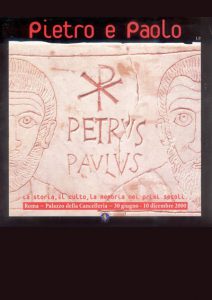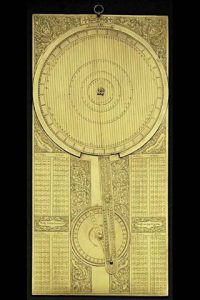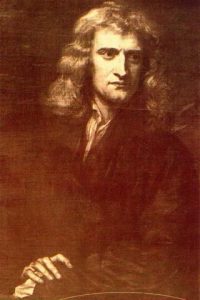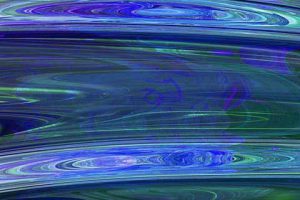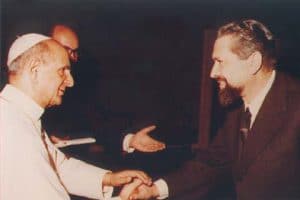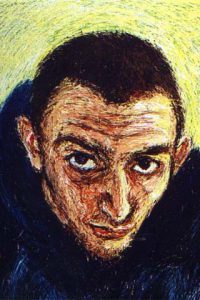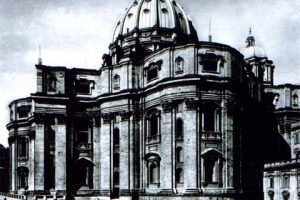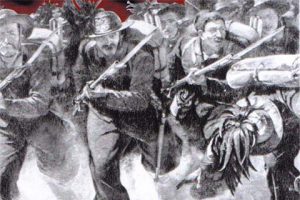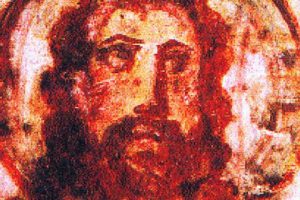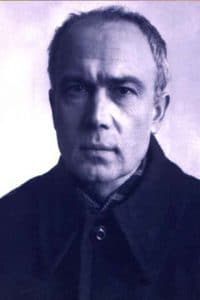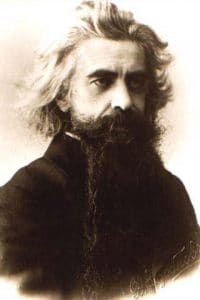Exhibitions ’00
Pietro e Paolo. La storia, il culto, la memoria nei primi secoli
‘La mostra presenta la straordinaria vicenda umana e cristiana dei Principi degli Apostoli, Pietro e Paolo, documentandone – con l’aiuto delle scienze storiche ed archeologiche -, la presenza nella ... Read More
Galileo legend and reality
‘The exhibition does not only wish to provide a historic account of Galileo’s story, but also bring to the forefront the human experience of Galileo in all its dimensions, ... Read More
From Democritus to quarks. The great intuitions of physics
‘The exhibition intends shedding light on the fundamental steps taken by mankind to try and understand the structure and physical laws on which the world and Universe are based. ... Read More
Quid animo satis
‘This exhibition experience stems from an idea and a curiosity: where does humanness take shape and which are instances of humanity achieved to the full? ‘Holiness is the reflection ... Read More
Digital explorations
‘Born in Milan in 1958, Adriano Abbado studied Electronic Music Composition at Milan Conservatory and Media Arts at the MIT Media Laboratory, where in 1988 he obtained a Master ... Read More
John: no one saw things like him. ‘He who has seen gives testimony, and his testimony is true’ (John 19,35)
‘John, son of Zebedee, brother of John, of Betsaida. Among the major figures that move around Jesus, he is probably the most enigmatic. No one experiences greater intimacy that ... Read More
I can see the sun, even when its raining’. Uberto Mori, the story of a man
‘On 6 December 1997, in Modena, in the Abbey Basilica of San Pietro, the Canonisation Proceedings began for Uberto Mori, an engineer from Modena, born in 1926, a life ... Read More
Personae
‘An exhibition dedicated to the works of young artists – under 40 years of age -invited by a group of professors of the Art History Institute of Milan’s Catholic ... Read More
On this rock…’. The Fabric of St. Peter’s
‘The exhibition narrates the major aspects concerning the building of the Basilica of St. Peter’s in Rome. It takes a look at a work that everyone knows but which ... Read More
The presence of poetry, Spazio ClanDestino
‘Once again, the voices of poetry at the Meeting. In a space organised by ClanDestino, the poetry and literature magazine edited by Davide Rondoni, great poetry of our time ... Read More
The Italian Risorgimento. A period to be rewritten
‘This exhibition, organised by the international cultural association ‘Identità Europea’, in no way intends denying the legitimacy of the aspiration to the political unification of Italy with Rome as ... Read More
Il senso religioso nella storia dell’umanità
‘La mostra descrive l’impatto dell’uomo col Mistero, la necessità di trovare i segni che ne testimonino la presenza, lo stupore di fronte alla realtà. Non solo una storia delle ... Read More
Maximiliano Kolbe. Patrono de nuestro siglo difícil
‘El padre Maximiliano Kolbe, muerto en Auschwiz el 14 de agosto de 1941 y proclamado Santo por Juan Pablo II en 1982, se nos presenta como una persona totalmente ... Read More
Solov’ëv: the passion for unity
’31 July, 2000 marked the one hundredth anniversary of the death of Vladimir Sergeevic Solov’ëv, most definitely the greatest of Russian religious thinkers and among the leading thinkers in ... Read More
For one only. History of evangelisation in Burma
‘The exhibition ‘For one only. History of evangelisation in Burma’ narrates the singular history of the evangelisation of the Burmese Empire, now Union of Myanmar, from the 18th to ... Read More



